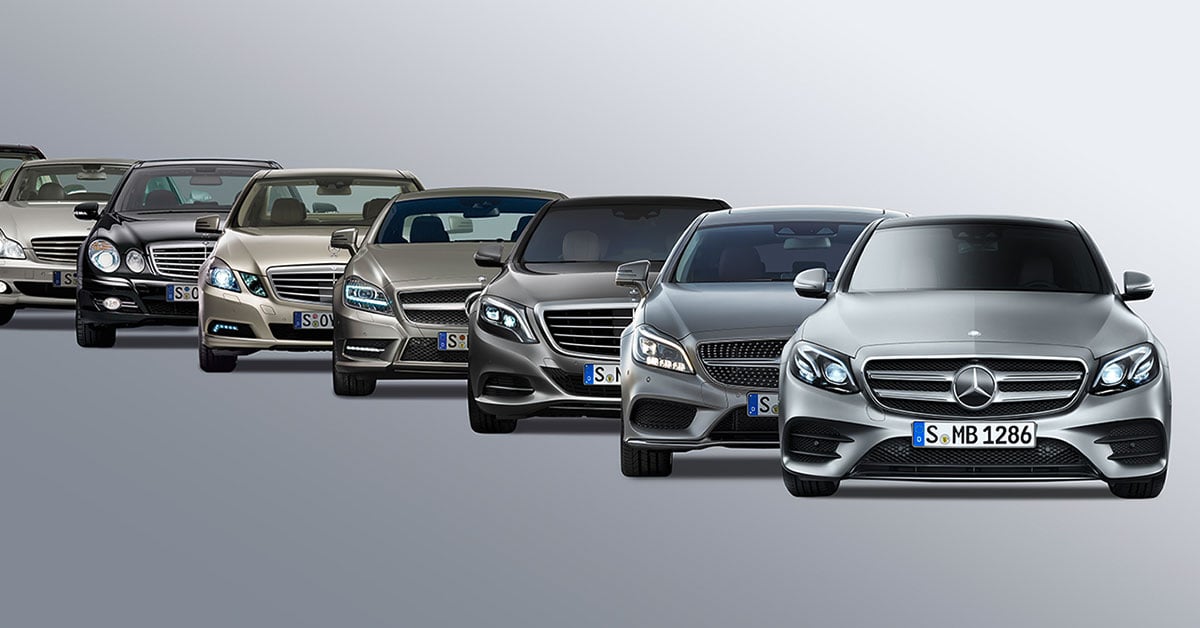As covered in Part 1, the progression and innovation for lighting in Mercedes-Benz vehicles have come a long way. From 1886 to 2010, the brand has gone from candlelight, to carbide lamps and bulbs. Part 2 looks at the present-day use of lights in Mercedes-Benz vehicles that go beyond just lighting the way.
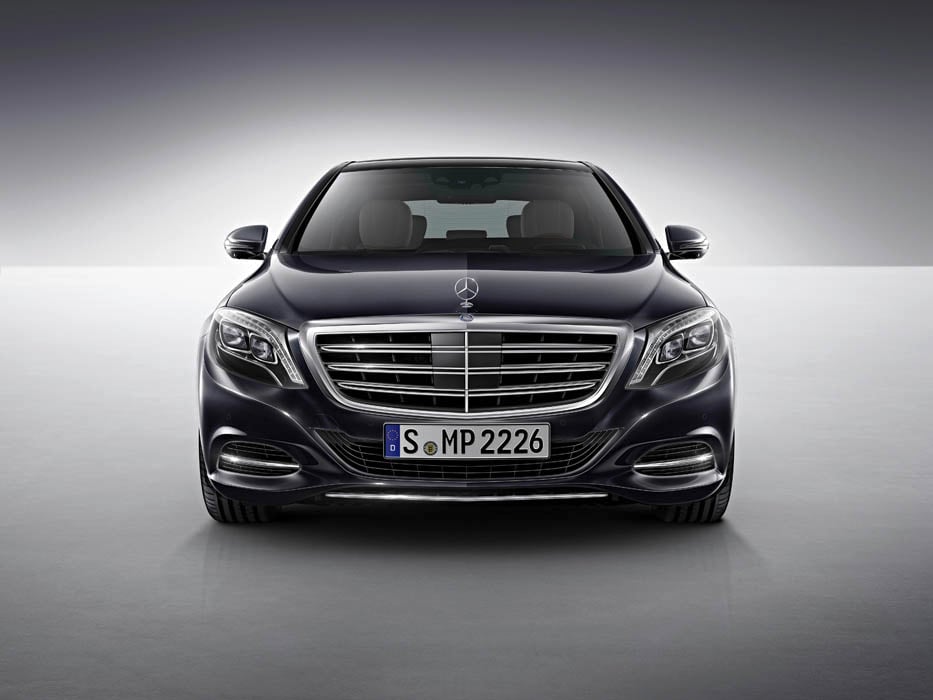
2013: Around 100 years after the introduction of electric vehicle lighting, the current S-Class (W222) became the world’s first vehicle to do without bulbs entirely. It was the first car to feature solely LED lights as standard. The multi-level functionality of the rear lamps represented another world premiere: out of consideration for any road users behind, the brake lights and turn indicators were dimmed at night or while waiting at traffic lights.
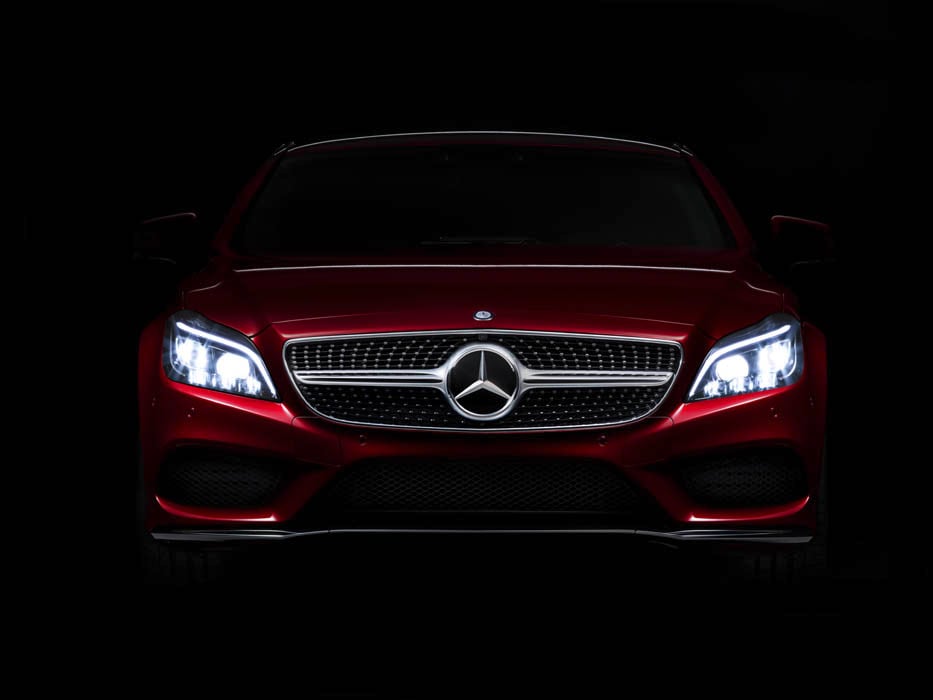
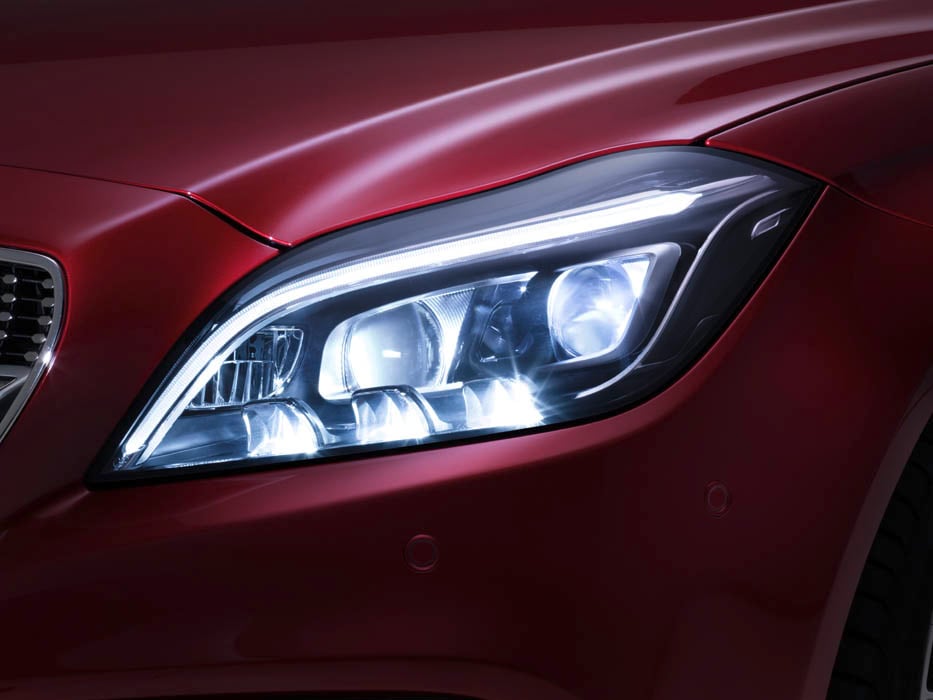
2014: The CLS (218 model series) marked the debut of Multibeam LED headlamps. When it comes to the number of pixels, the same is true of LED headlights as of display screens: the higher the number of pixels, the higher the resolution and the more detailed the image. A high number of pixels also allows greater dynamism in the display. In terms of perception, this leads to an apparent increase in precision and brilliance. There are 24 high-performance LEDs per headlamp. Four control units per vehicle calculate the ideal light pattern 100 times per second and activate each LED individually, dimmable in 255 stages. Despite tremendous capacity, the precision main-beam module fits into the palm of one’s hand. Each of the 24 high-performance LED chips are no more significant than the cross-section of a grain of rice.
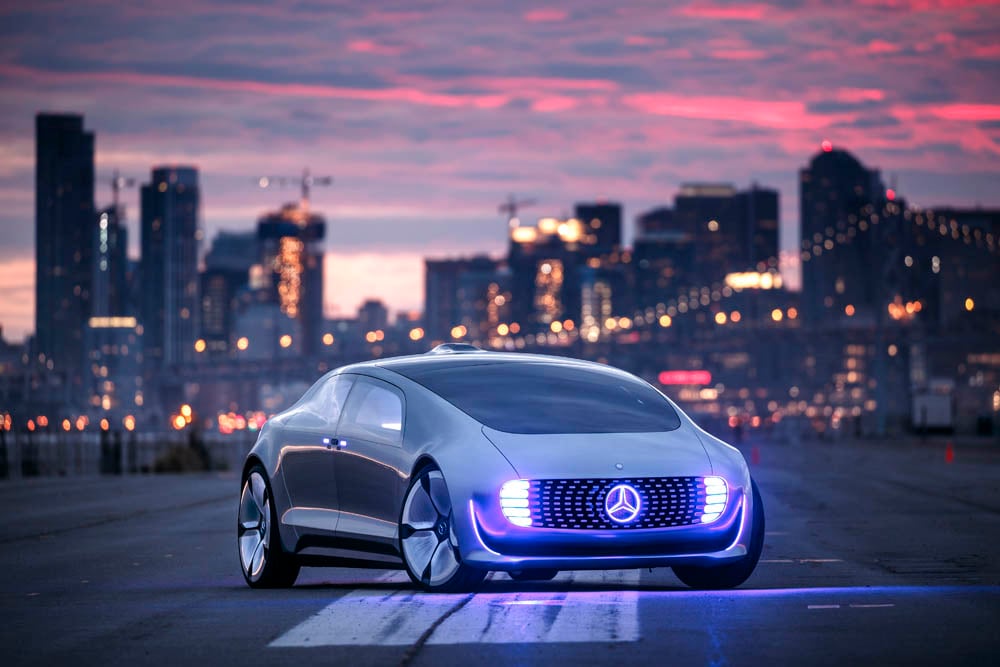
2015: The Mercedes-Benz F 015 Luxury in Motion research vehicle, which gave an insight into autonomous driving in the future, communicated visually with its surroundings. The aim was to ensure that, when the car was driving itself, other road users were aware of its intentions. Displays at the front and rear featured a communication matrix comprising three-dimensional, bar-shaped LED modules, together with two outer blocks made up of large LED bars. A slim LED light strip above the rear display was used for visualizing driving-specific functions such as braking, indicating and the current driving mode of the F 015. When the vehicle starts, the LED blocks in the two communication displays lit up in sequence. The F 015 used the color of its lights to indicate what driving mode it was currently in – blue stood for autonomous and white for manual.
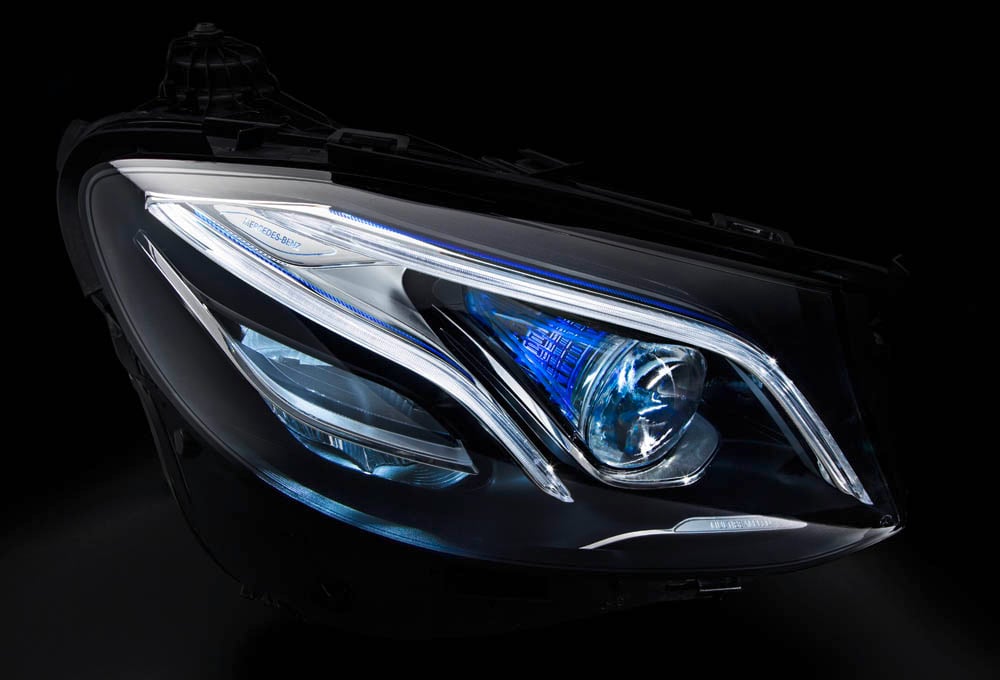
2016: World premiere of Multibeam LED headlamps with 84 pixels in the E-Class (W213). Each headlight now has 84 individually controlled high-performance LEDs rather than 24, meaning that they are exceptionally bright and precise, illuminating the road ahead with a previously unsurpassed, precision-controlled distribution of light – without dazzling other road users. Click here for our review of the E200 Sportstyle.
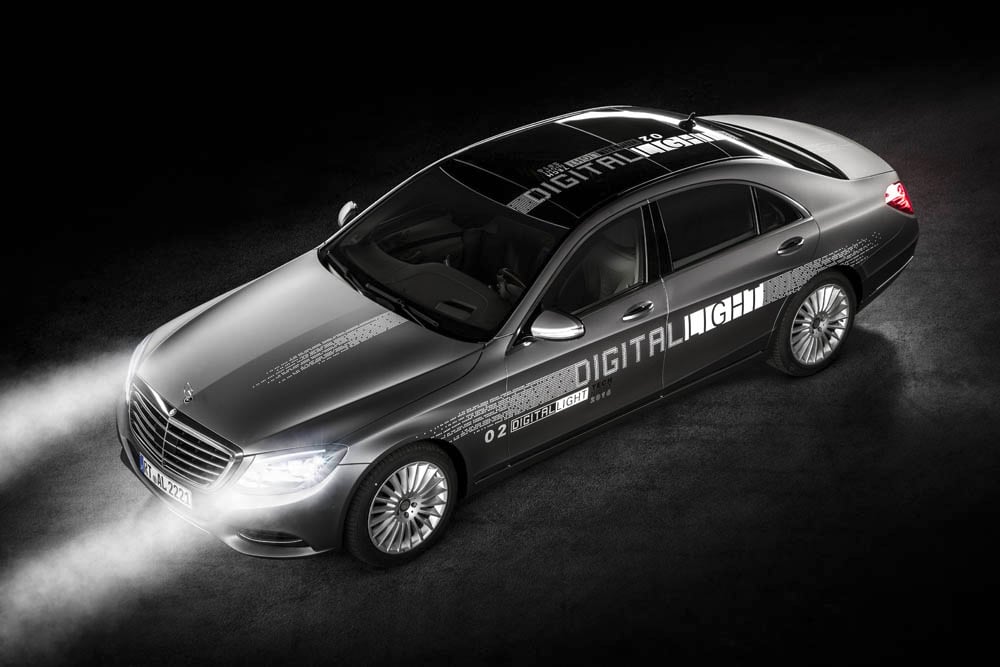
2016: In the same year, Mercedes-Benz demonstrated what the future of vehicle headlamps looked like thanks to Digital Light. Maximum-performance dazzle-free continuous main beam in HD quality allowed pioneering driver assistance and communication with other road users. In each headlight there were chips with over a million micro-reflectors, i.e., a total of over two million per vehicle. Guiding lines projected onto the road surface, extended pedestrian marking and extended distance marking made it easier to navigate through difficult driving situations such as at road works, when pedestrians approached, or if the distance to the vehicle in front was too short.
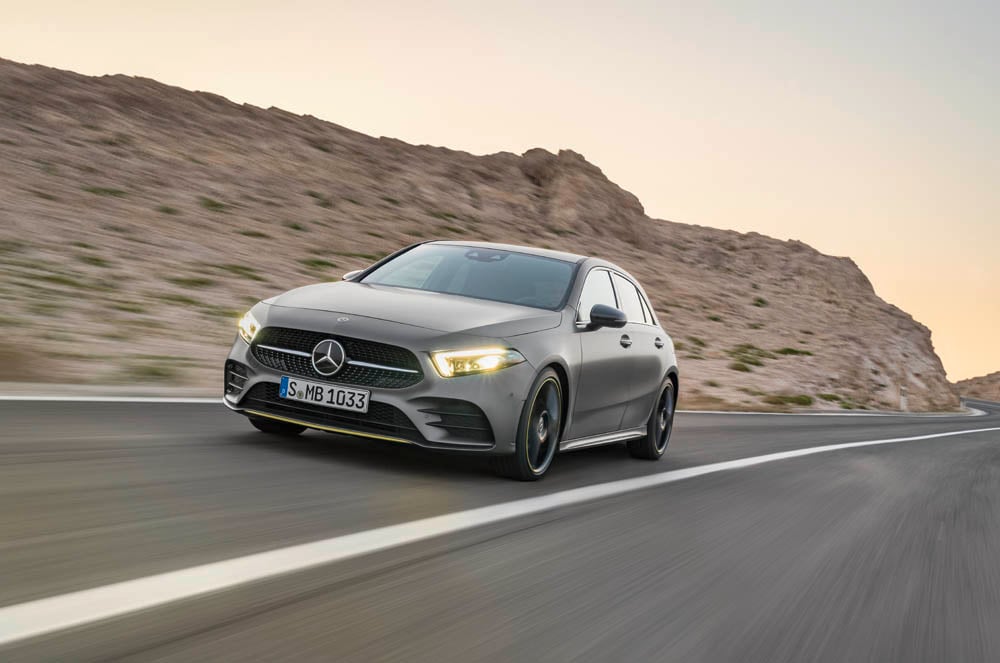
2018: Multibeam LED with 18 individually controlled high-performance LEDs are now also available in the A-Class and, therefore, in all Mercedes-Benz vehicle segments.
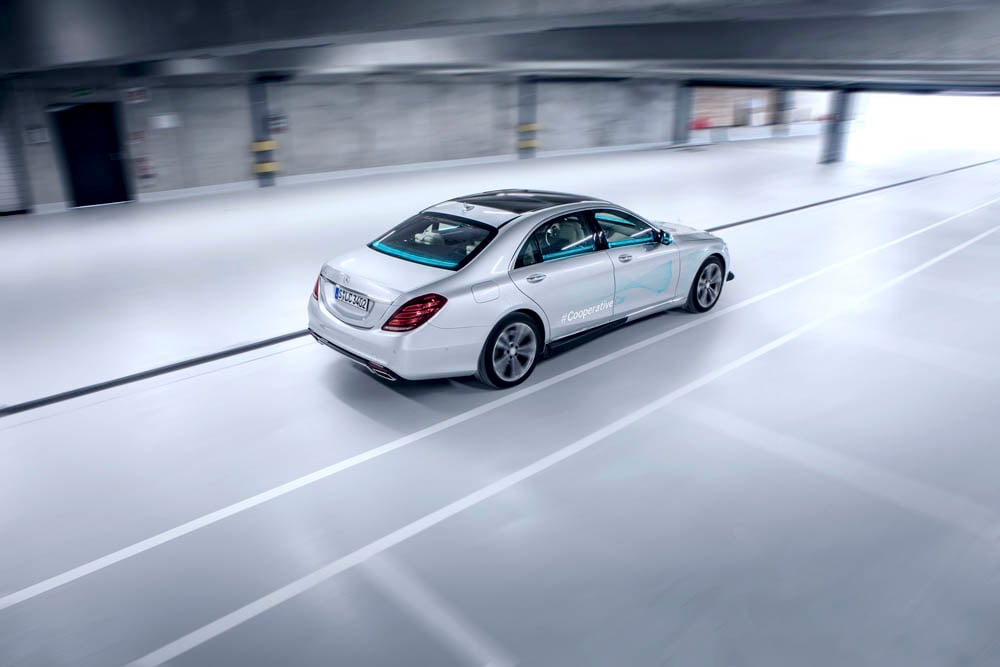
2018: 360-degree light signaling unveiled on a “cooperative S-Class.” As an automated vehicle, it uses suitable light signals to inform people of what it intends to do. The continuous view shows that the car is in automatic driving mode, whether moving or stationary. On the other hand, slow flashing means the vehicle is braking, while fast flashing indicates that the car would shortly be running.
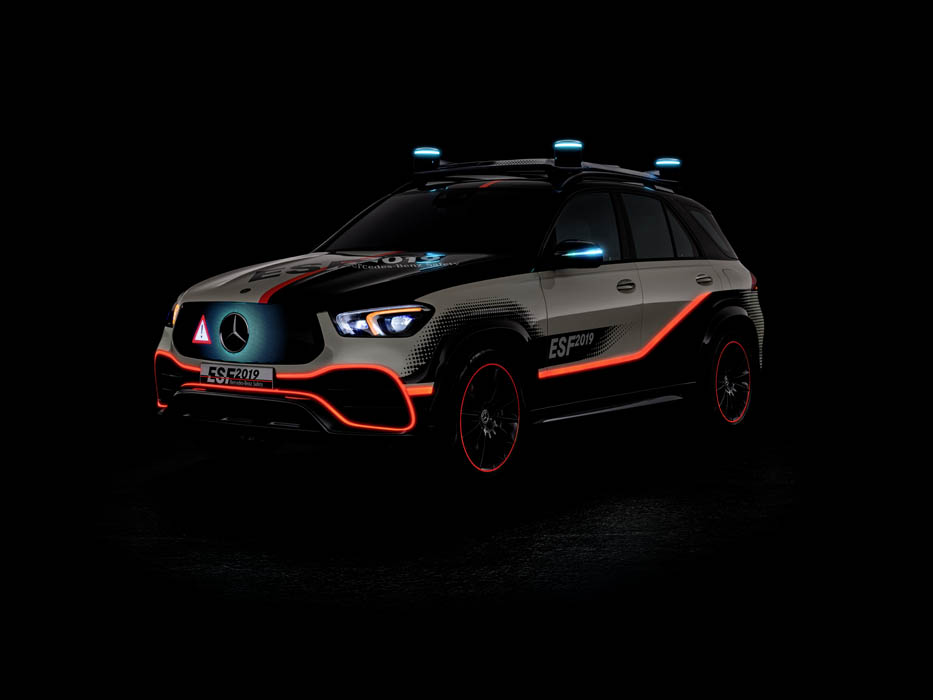
2019: The ESF 2019 safety research vehicle also communicates with other road users using light signals, as responsible motorists also regularly give signals like “I have seen you,” “I will stay here,” “Attention, tailback” or “I’ll give way to you” to other road users. The ESF 2019 uses visible light signals in turquoise to do the same, thereby instilling confidence through information. Communication takes place via the large front panel, LEDs in the sensor unit on the roof, in the exterior mirror indicator repeaters and the third brake lamp, and via projections onto the rear window. Animations and symbols are used in relaying warnings and messages.
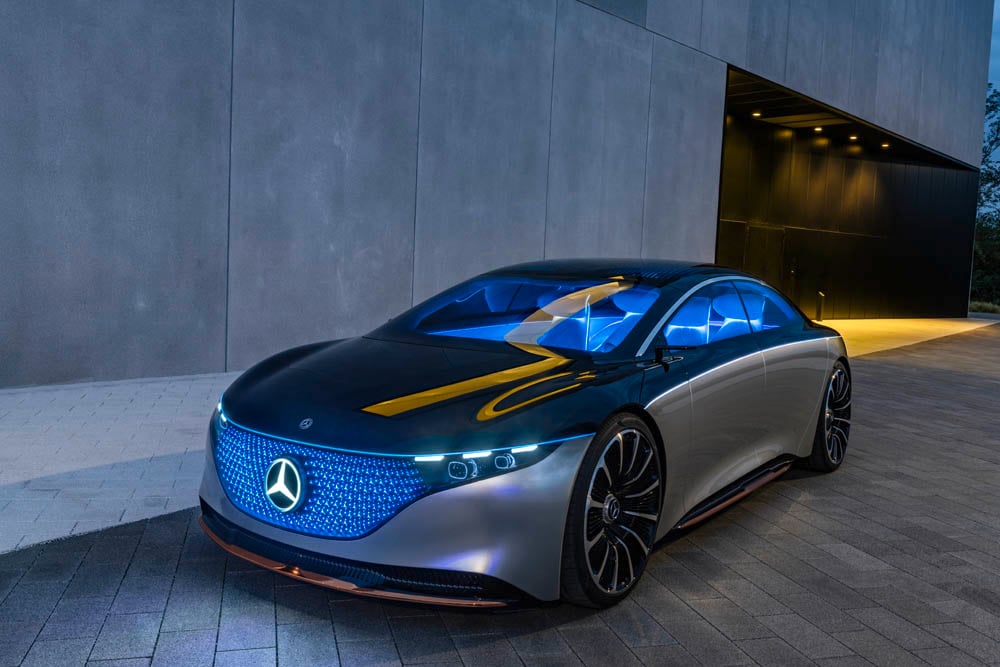
2019: Unveiled at the Frankfurt International Motor Show, the Vision EQS is another highlight of innovative light development from Mercedes-Benz. The digital front grille allows a new level of precise signaling. With a total of 940 individual LEDs in a three-dimensional space, the light signals with which the vehicle communicates with its surroundings to create a fascinating impression of depth. Further highlights of the Vision EQS include the new Digital Light headlamps, each with two holographic lens modules. The lighting creates an almost unlimited number of display possibilities, providing an outlook on the future use of lighting by Mercedes-Benz. It also shows that the light of the future will also be necessary for man-machine communication and, therefore, a key element in the fields of safety, aesthetics and design.
Click here for Part 1 of Piercing the dark: Mercedes-Benz’s vehicle lighting has come a long way
Source: Daimler News Syndication
Read below for more stories!
The 2020 Mercedes-Benz GLA is bigger better and more SUV than before!
The sleek and powerful Mercedes-AMG GT R and GT C are the quintessential cars for the track!
Are you looking to sell your E-Hailing Vehicle? Here’s what to do first.
Upgrade your ride to a Mercedes-Benz for the new year! Sell your car to Carsome!
